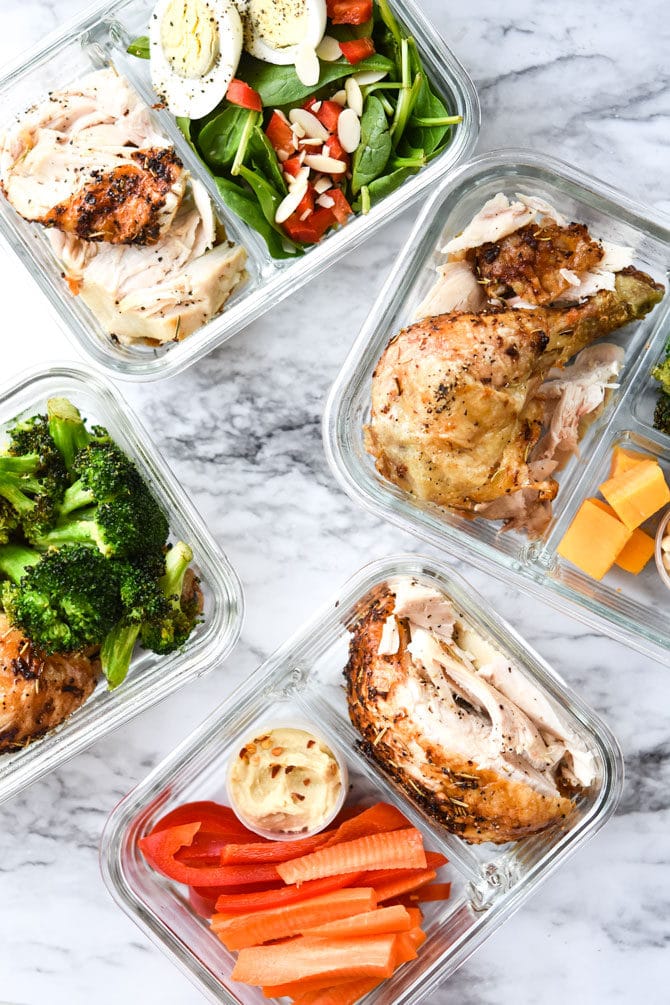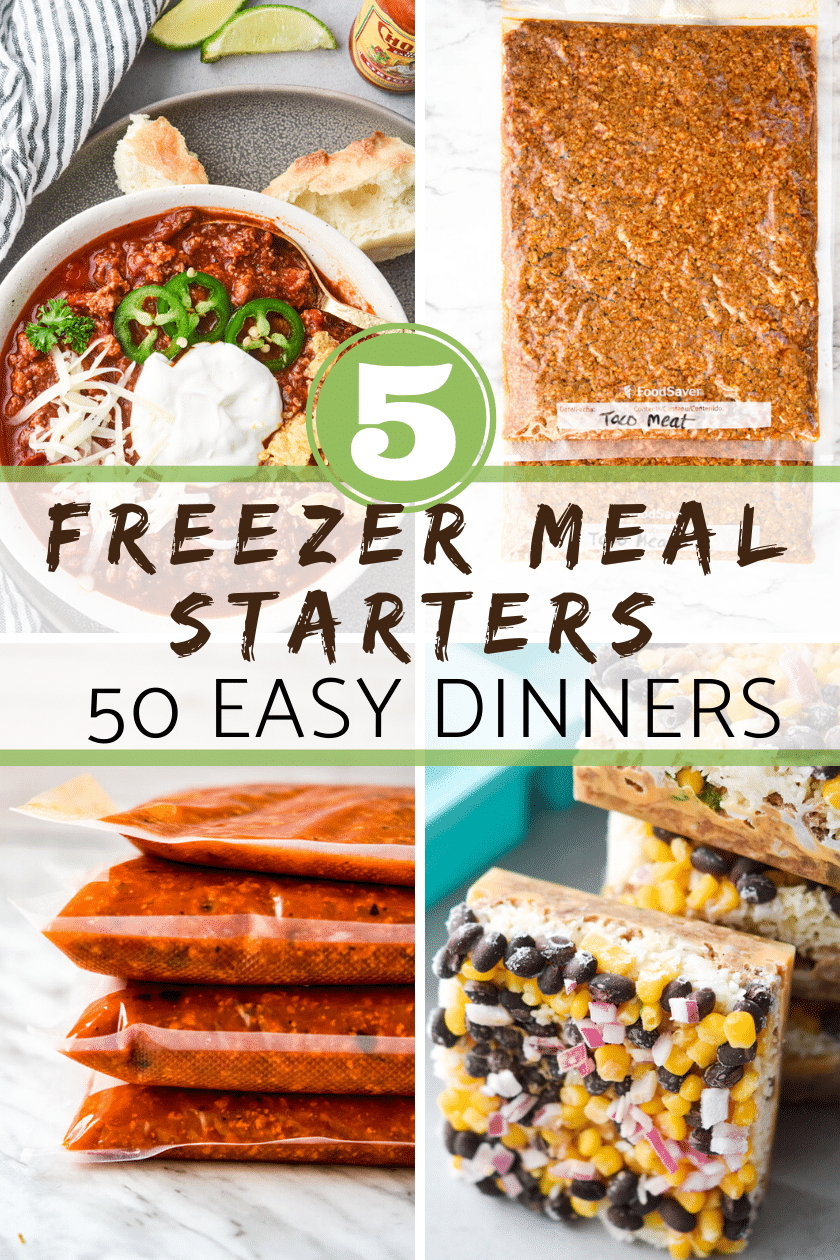How to Meal Plan to Save Money
It is a well known fact that meal planning can save money. The biggest reason is that when you are meal planning, you are then only buying what you need, but I have a few more tips for how you can meal plan to save money!

There are many reasons why people (like me!) use meal planning every week.
Today though, we are focusing on how to save money when building a meal plan. Here are seven ways to do just that:
1. Go Meatless Once a Week

Veggies, grains, and beans are less expensive than meats and reducing your meat consumption once a week has a direct impact on your grocery budget.
Vegetarian staples such as pasta, beans, lentils, and some fruits and veggies are far cheaper and you can stretch the recipes further with these base ingredients.
Worried about protein, have no fear. You can get that protein (and more fiber) via these meatless alternatives:
- Greek Yogurt (23 grams protein per 1 cup)
- Quinoa (8 grams per each cooked cup)
- Lentils (16 grams per each cooked cup)
- Cottage Cheese (28 grams per cup)
- Chickpeas (16 grams per cup)
- Edamame (20 grams per cup – shelled)
- Eggs (6 grams per egg)
- Tofu (20 grams per cup)
Here are some meatless recipe ideas for your meal plans
2. Build your meal plan using what is in season

- When fruits and vegetables are in season, they are available in abundance. This means lower prices due to increased supply.
- Reduced Transportation Costs: In-season produce in your region, is often sourced locally or regionally, which means it doesn’t have to travel as far to reach the consumer. This reduces transportation costs.
This is a really great post, breaking down month by month which produce to buy and when.
3. Buying Bulk

Bulk buying can save money in several ways as long as you are only buying things you know you will 100% use for 2 main reasons.
- Lower Unit Costs: Purchasing items in bulk often results in lower unit costs.
- Fewer Shopping Trips: Buying in bulk allows you to purchase larger quantities of items, which means you won’t need to shop as frequently. This can save money on transportation costs, as you’ll make fewer trips to the store, and it can also save time. Additionally, fewer shopping trips can reduce impulse purchases, helping you stick to your budget.
PRO TIP: I live in Alberta and Beef ranchers are plentiful. I can buy bulk beef right from the producer and cut out transportation, warehousing, and grocery store middle man costs.
4. Use frozen fruit and frozen veggies on your meal plans
Not only does this save money, it saves you a ton of time, washing, chopping and prepping.
When I prep freezer meals, I will often just add frozen veggies to my prep bags, then return the assembled raw meal to the freezer.

5. Price match your grocery list
So many grocers now offer price matching so you can shop around for the best prices, and then physically only go to one place. This is time consuming, yes, but if saving money is your main driver (vs saving time), then this tip is for you!
6. Shop online for groceries
I just started doing this and it is amazing how this prevents you from being distracted by sneaky sales on items you don’t need.
When you shop online, you are far more likely to stick to your list – and thus your budget.
7. Use the same ingredients for multiple meals on your meal plan

My favorite item to do this with is rotisserie chicken. One rotisserie chicken can be made into endless meals. See: 1 Rotisserie Chicken – 4 meal prep lunches.
I also do this with things like cauliflower. I cook it as a side, rice it into fried rice, and use it in salads. I always try and look at what is in season, and then use that ingredient multiple times through out the week.







One Comment